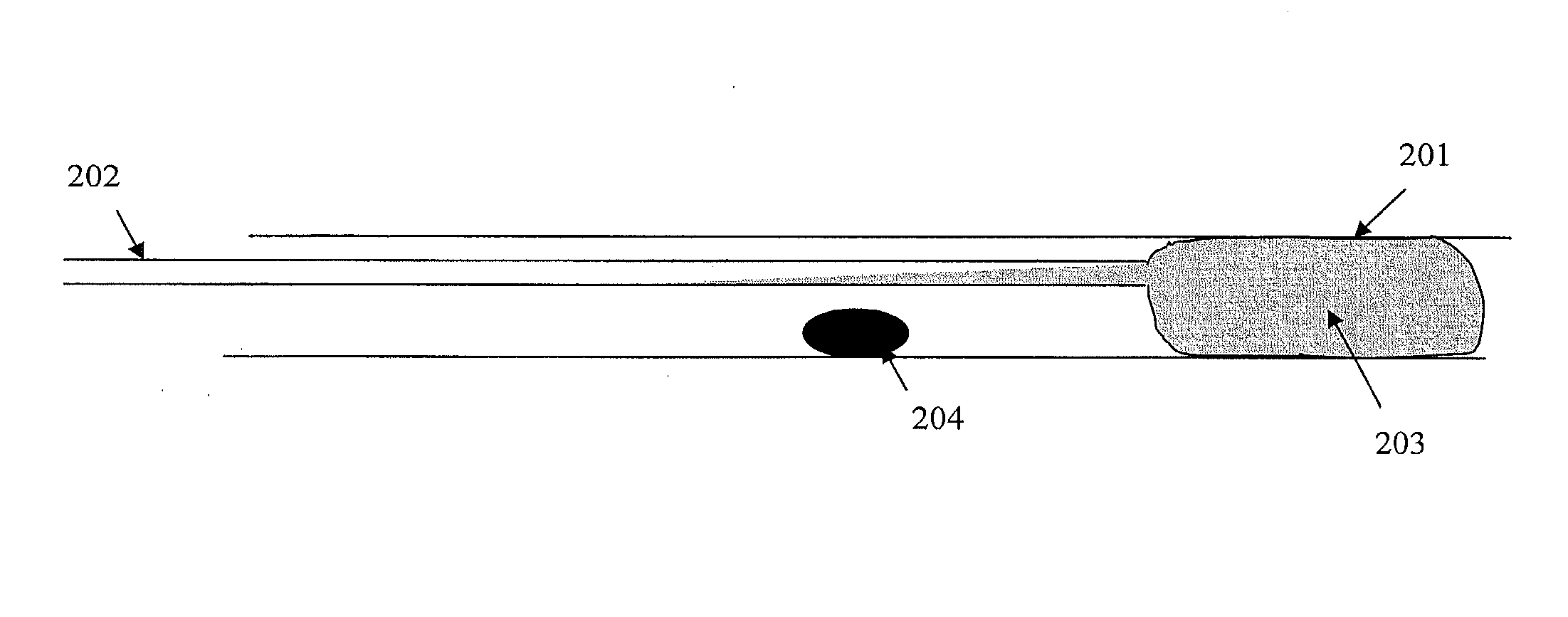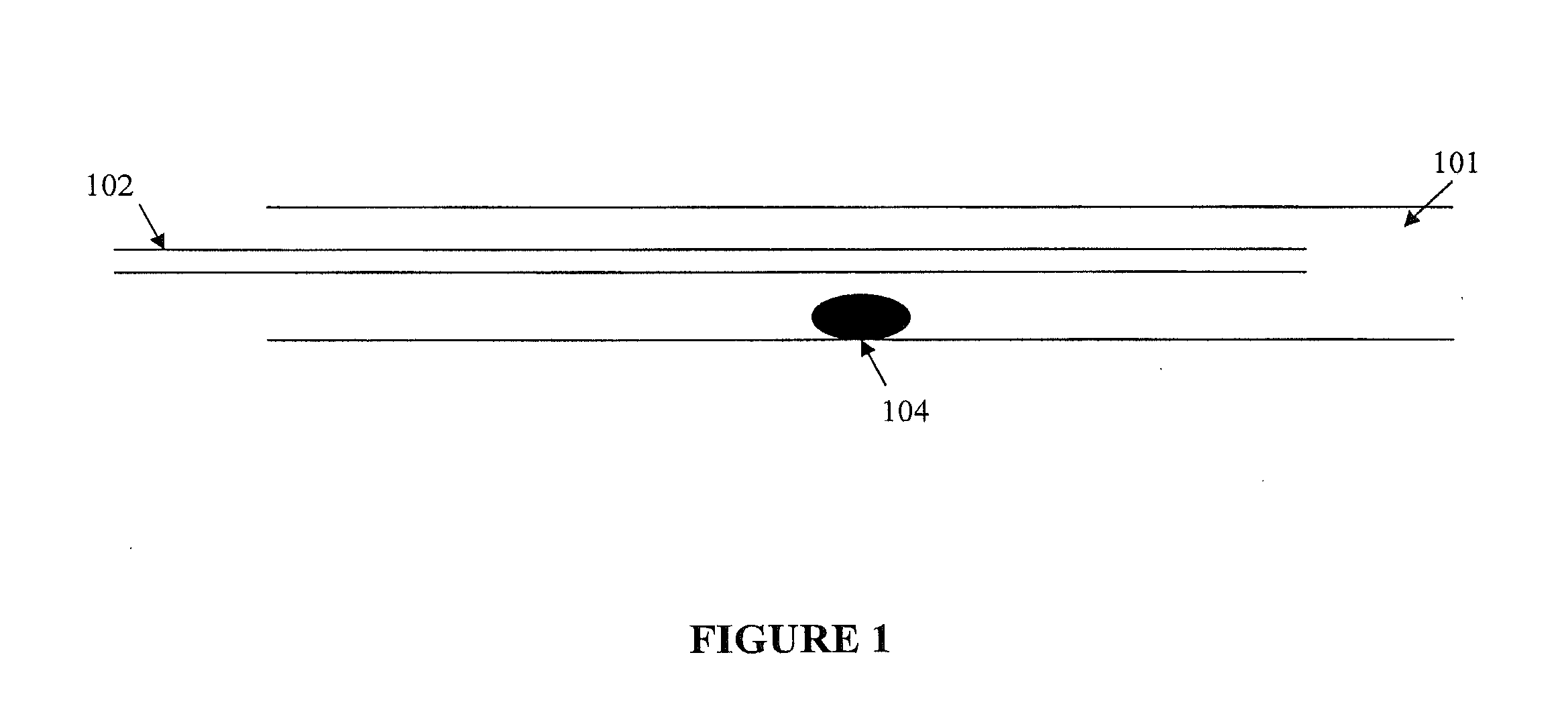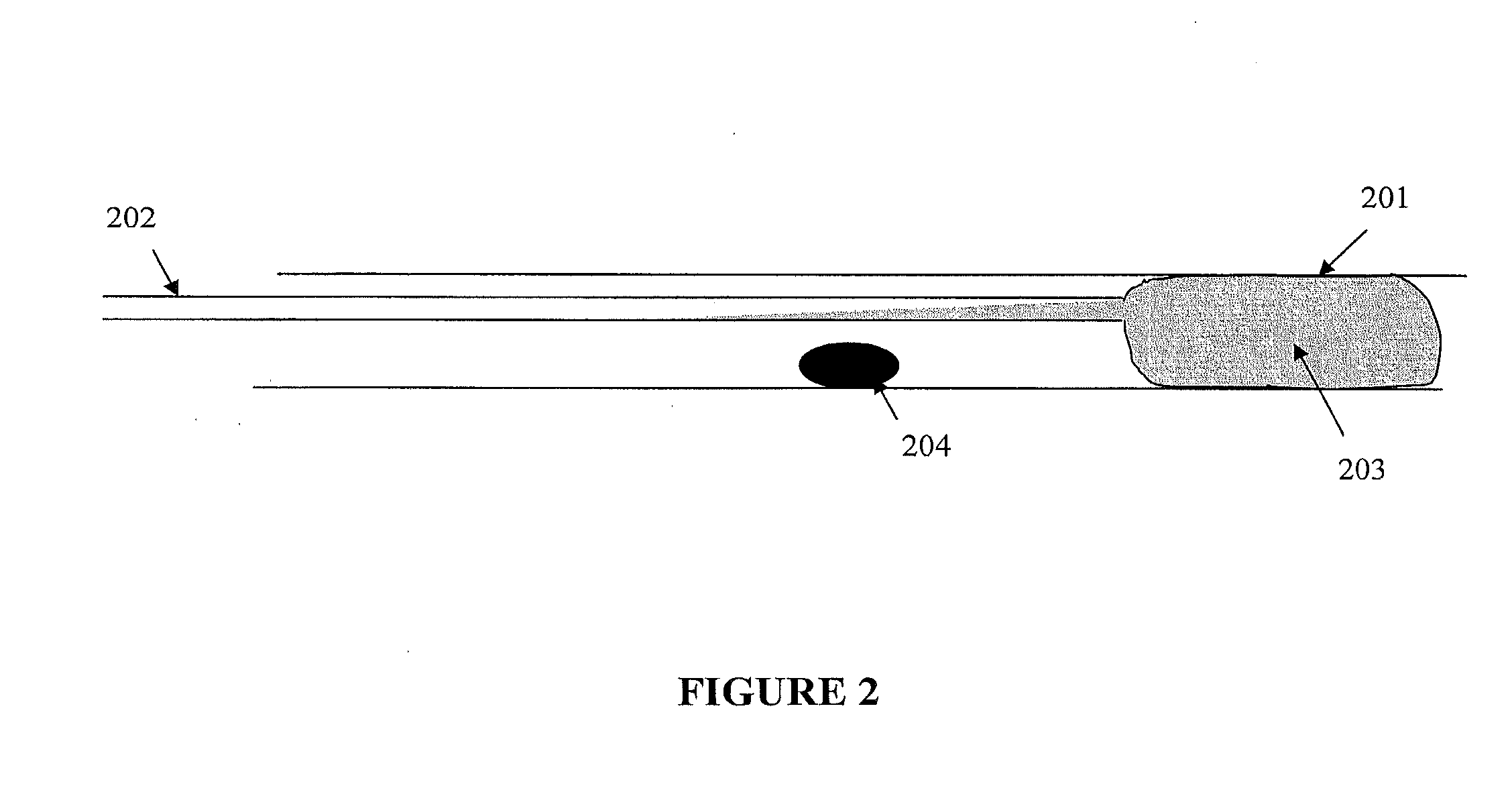Confinement of Kidney Stone Fragments During Lithotripsy
a technology of kidney stone fragments and lithotripsy, which is applied in the field of lithotripsy and kidney stone fragments, can solve the problems of fragments that are still too large to be easily passed, fragments that might become undetectable, and urolithiasis is also a significant health problem
- Summary
- Abstract
- Description
- Claims
- Application Information
AI Technical Summary
Benefits of technology
Problems solved by technology
Method used
Image
Examples
example 1
Gelation Temperature of Selected Pluronic® and Tetronic® Polymer Solutions
[0108]The polymer was weighed into a plastic tube. To achieve the required concentration the weight was multiplied by 4, for 25 weight percent (w %), and by 5, for 20 weight percent (w %), and the required final weight was achieved by adding saline. The solutions were placed in the fridge at 4° C. and usually were ready the next morning. Gelation points were measures in a Brookfield viscometer and the point at which viscosity exceeded the range of the plate / cone (>102,000 cP) was called the gelation temperature.
TABLE 1Gelation Temperature of Selected Inverse Thermosensitive PolymerSolutions in SalinePolymerConcentrationTemperatureTetronic 110725 w %27° C.Tetronic 110720 w %34° C.Purified Tetronic 110725 w %22° C.Purified Tetronic 110720 w %32.5° C. Tetronic 130725 w %24.5° C. Tetronic 130720 w %31° C.Purified Tetronic 130725 w %20° C.Purified Tetronic 130720 w %26° C.Pluronic F10825 w %26° C.Pluronic F10820 ...
example 2
Gelation Temperature of Selected Pluronic® and Tetronic® Polymer Solutions with Iodinated Contrast Agent
[0109]Purified polymers were weighed into 50 mL centrifuge tubes and a 1:1 mixture of saline and 100% Omnipaque 300 were added until a specific weight percentage was reached. Gelation points were measured in a Brookfield viscometer and the point at which the viscosity exceeded the range of the plate / cone (>102,000 cP) was called the gelation point. All solutions were further heated to 37° C. to ascertain that the material still exceeded the viscosity range and remained a gel. All gels passed.
TABLE 2Gelation Temperature of Purified Inverse Thermosensitive PolymerSolutions containing 50 w % Omnipaque 300PolymerConcentrationTemperaturePurified Tetronic 110720 w %24° C.Purified Tetronic 130721 w %26.5° C. Purified Tetronic F10818 w %21.5° C. Purified Tetronic F12718 w %18° C.
example 3
Plastic Tube Experiments
[0110]A plastic tube with an inner diameter of 0.9 cm was used as a mimic of a ureter. The tube was partially filled with saline and the kidney stone placed into the middle of the tube. A ureteroscope was placed inside the tube close to the stone and cold polymer solutions were injected behind the stone. The stone was fragmented using either electro-hydraulic lithotripsy or laser lithotripsy. Various inverse thermosensitive polymer solutions such as purified Pluronic F108 (poloxamer 338), Pluronic F127 (poloxamer 407) and Tetronic 1307, were tested in this set-up in concentrations ranging from 15 to 25 w %. In all cases, the stone could be fragmented into smaller particles and the gel captures all fragments. The lower polymer concentrations (15 w %) resulted in rather soft gels, while the higher polymer concentrations (25 w %) were difficult to deploy due to the increased viscosity of the polymer solution and early onset of gelation.
PUM
 Login to View More
Login to View More Abstract
Description
Claims
Application Information
 Login to View More
Login to View More - R&D
- Intellectual Property
- Life Sciences
- Materials
- Tech Scout
- Unparalleled Data Quality
- Higher Quality Content
- 60% Fewer Hallucinations
Browse by: Latest US Patents, China's latest patents, Technical Efficacy Thesaurus, Application Domain, Technology Topic, Popular Technical Reports.
© 2025 PatSnap. All rights reserved.Legal|Privacy policy|Modern Slavery Act Transparency Statement|Sitemap|About US| Contact US: help@patsnap.com



